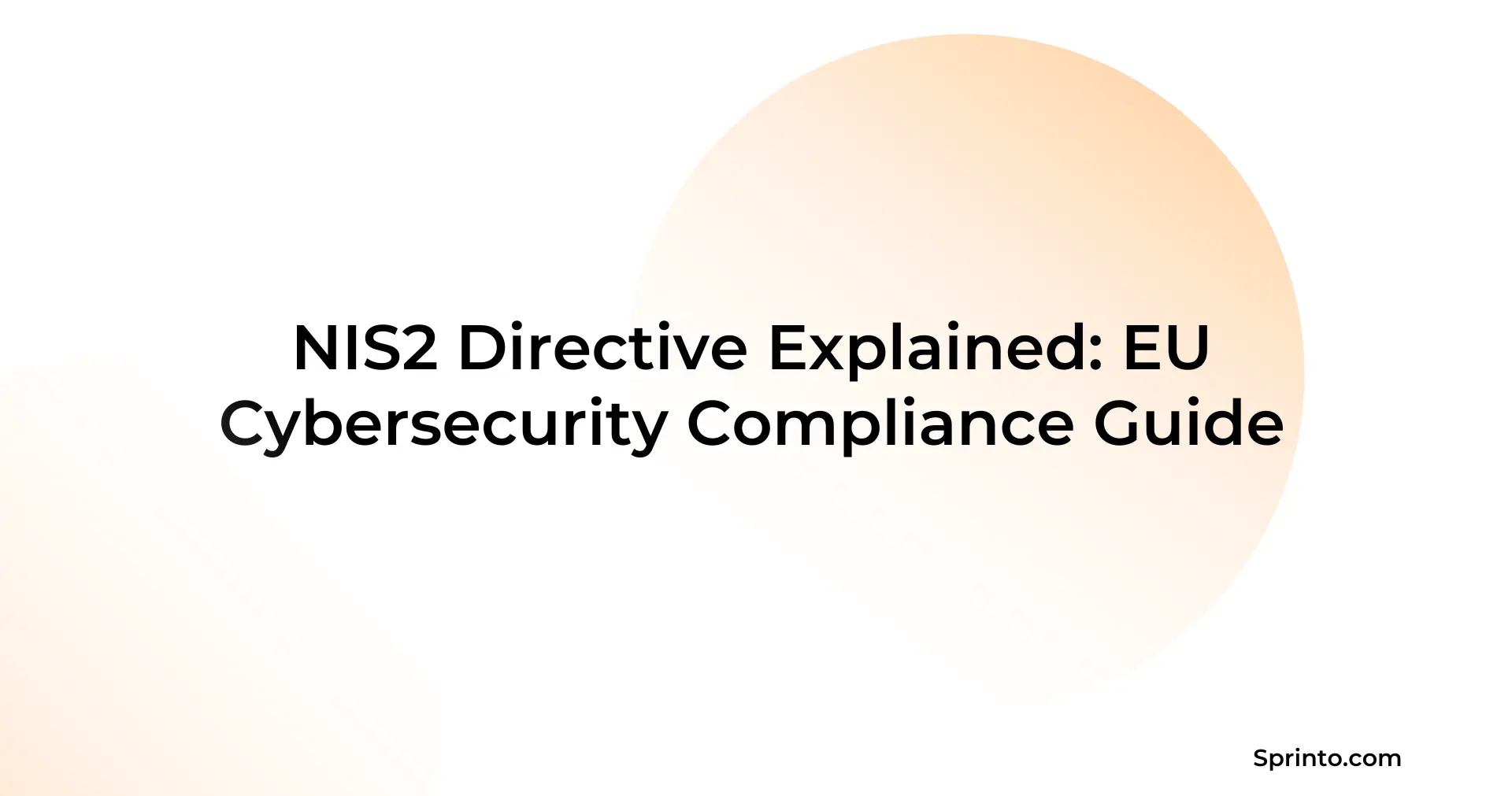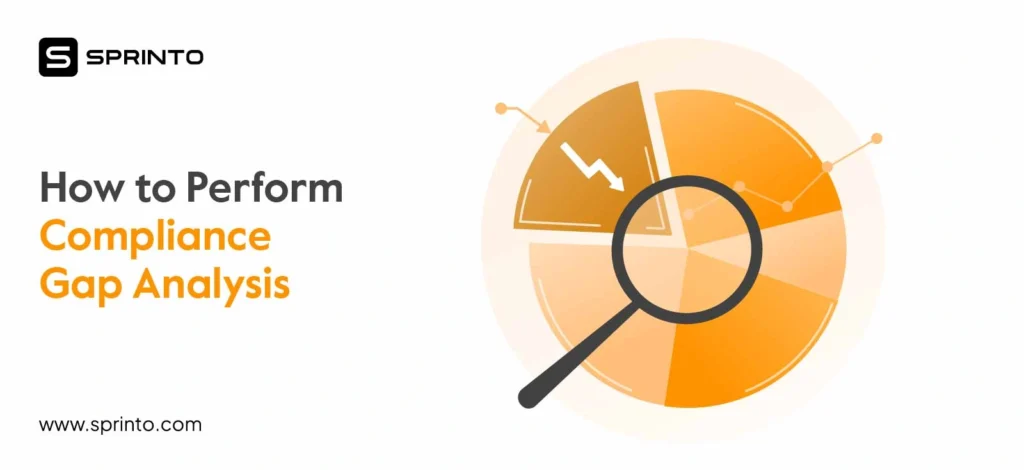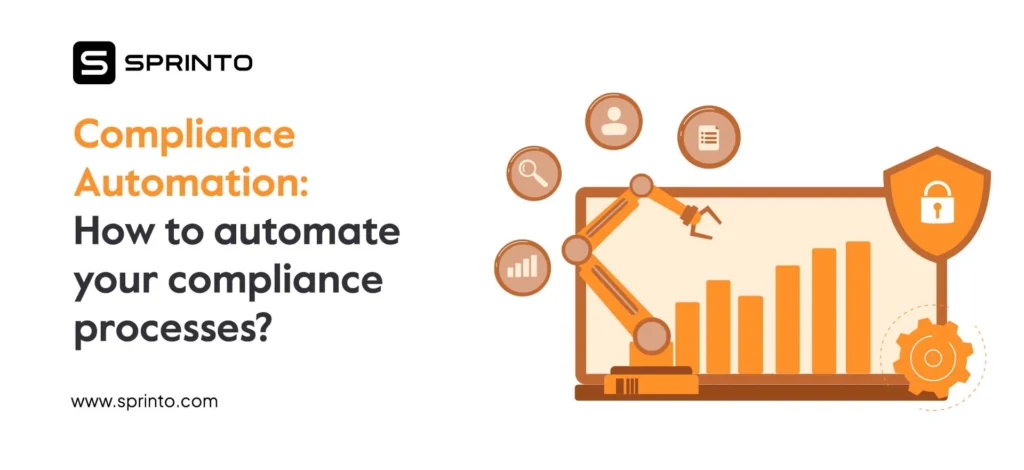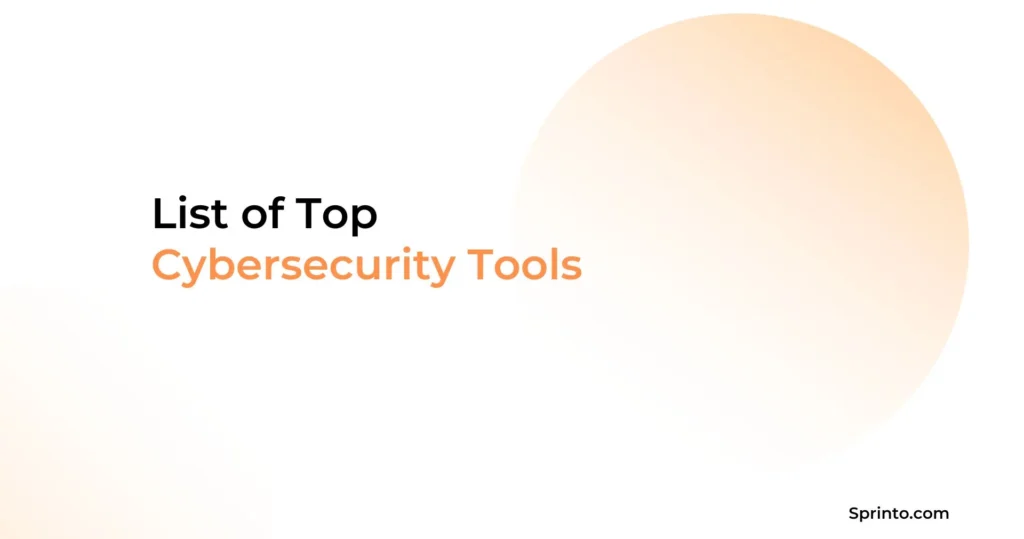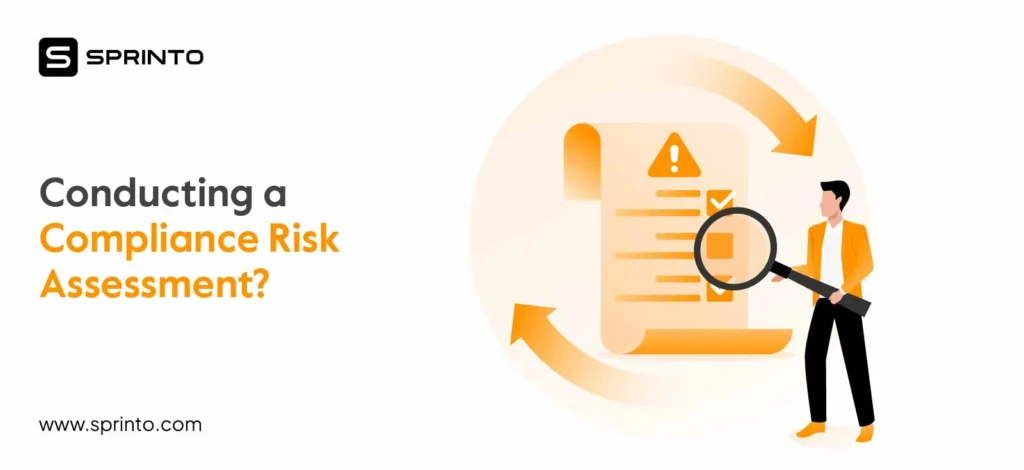Across the EU, the NIS2 Directive (Directive (EU) 2022/2555) raises the cybersecurity baseline by expanding its scope from 7 to 18 critical sectors, bringing an estimated 300,000 entities, up from ~20,000, under its purview. With mandatory incident reporting windows as tight as 24 hours for ‘essential’ entities, a risk-based compliance model, and personal accountability for senior leaders, NIS2 ensures that cyber resilience becomes a board-level priority.
- Expands EU cybersecurity scope from 7 to 18 sectors, covering ~300,000 entities.
- Classifies organizations as “Essential” (≥50 FTE or ≥€10 M turnover) or “Important” with tailored obligations.
- Mandates risk-based controls, including supply-chain due diligence and business-continuity planning.
- Enforces strict incident-reporting: initial notice ≤24 h, update ≤72 h, full impact assessment ≤30 days.
- Harmonizes penalties (up to €10 M or 2 % of turnover) and holds senior leaders personally accountable.
What is NIS2?
The NIS2 Directive is the European Union’s latest cybersecurity legislation aimed at strengthening the overall digital resilience of critical sectors. Published on 14 December 2022 and enforced as of 18 December 2024, NIS2 replaces the original 2016 Directive (EU 2016/1148), expanding its scope and security requirements.
At its core, NIS2 enhances cybersecurity in Europe by introducing standardized, risk-based security requirements for a broader range of entities, including essential and critical service providers across energy, healthcare, finance, digital infrastructure, and other key sectors.
- Risk-based Security Measures: Proportionate, ‘state-of-the-art’ NIS2 controls tailored to each organization’s threat profile.
- Mandatory Incident Reporting: Significant cyber incidents must be reported within 24 hours, with detailed updates provided within 72 hours, and a complete impact assessment must be completed within 30 days.
- Enforcement & Accountability: Harmonized fines (up to €10 million or 2% of global turnover for essential entities; €7 million or 1.4% for important ones) and explicit personal liability for executives.
By aligning stricter cybersecurity standards across the EU, the NIS2 directive raises the bar for digital risk management, making it essential for organizations to assess their current posture and take action before regulators come knocking.
Evolution from NIS1 to NIS2
NIS2 significantly broadens and deepens Europe’s cybersecurity rules by extending coverage to more sectors, enforcing stricter risk-based controls, and speeding up incident-reporting and enforcement timelines.
Where NIS1 laid a foundation, NIS2 transforms it into a mandatory, uniform regime this holds both organizations and senior leaders directly accountable.
| Aspect | NIS1 | NIS2 |
| Scope & Classification | 7 sectors under one “essential” category | 18 sectors split into “essential” (≥ 50 FTE or ≥ €10M turnover) and “important” tiers |
| Risk Management | High-level, encouraged best practices | Mandatory, prescriptive requirements (third-party due diligence, encryption, business-continuity planning) |
| Incident Reporting | Notify “without undue delay” (interpretation varied) | Rigid timeline: initial alert ≤ 24 h, detailed update ≤ 72 h, full impact assessment ≤ 30 d |
| Enforcement & Accountability | National sanctions varied; limited leadership liability | Harmonized fines (up to €10M / 2% turnover or €7M / 1.4%), explicit personal liability for senior management |
NIS2 Compliance Deadlines & Penalties
Missing a deadline isn’t just an administrative slip—it can cost millions and damage a reputation.
| Entity Type | Fine | Other Sanctions |
| Essential | Up to €10M or 2% turnover | Binding compliance orders, mandatory audits, public naming, and service suspension |
| Important | Up to €7M or 1.4% turnover | Warnings, forced customer notifications, and executive bans until gaps are remediated |
By unifying a broader sectoral remit with stricter risk management, reporting, and enforcement rules, NIS2 transforms cybersecurity from an IT task into a strategic, board-level imperative. Continuous monitoring, clear governance, and a culture of rapid response are now non-negotiable.
Get compliant faster with automation
12 Steps to Achieve NIS2 Compliance
Clear milestones, cross-functional accountability, and a culture of continuous review are required to transform NIS2 from a regulatory hurdle into a catalyst for robust, future-proof cybersecurity.
1. Confirm Scope & Classification
First, determine if and how NIS2 applies to your organization. You’ll fall into one of two categories with different stakes:
- Essential: ≥ 50 FTE or ≥ €10M turnover. Faces the strictest fines (up to €10 M or 2 % of global turnover) and fastest reporting deadlines.
- Important: Below both thresholds but in a covered sector. They have the same obligations, with slightly lower penalty caps.
Next, verify your coverage across 18 NIS2 sectors — some are obvious (e.g., energy, transport), while others are less so (e.g., waste management, digital platforms).
Missing a sector creates a compliance gap:
- Catalog Activities: Review your charter or interview process owners (e.g., cloud hosting, water treatment)
- Map to Annexes: Cross-reference NIS2 Annex I & II to tag each activity as Essential or Important
- Visualize Coverage: Create a simple matrix: Activity → Sector → Entity Type → Notes
- Validate: Check national transposition guidance or request a binding opinion from your Competent Authority
2. Secure Executive & Board Buy-In
Gaining executive and board-level buy-in is the foundation of any successful NIS2 program. Start by translating technical requirements into clear business impacts, then secure a dedicated sponsor to keep momentum and accountability.
Lock in a dedicated sponsor — your NIS2 Champion — who has the clout and budget to keep things moving:
- Who: CISO, CRO, or Head of Compliance
- Mandate: Own the compliance roadmap, secure cross-team buy-in, and report progress to the board
- Resources: Authority to approve tools, NIS2 training, and external expertise
With a clear business case and a powerful champion driving it, you’ll turn what feels like “yet another regulation” into a strategic priority for the whole organization.
3. Establish a NIS2 Project Team
Create a dedicated NIS2 project team that transforms a sprawling compliance initiative into a structured and accountable program. This team becomes your ‘engine room,’ driving every phase from gap analysis through audit readiness.
Once you have your working group, you set milestones and governance with a formal project plan. Each task requires a clear owner, a specific delivery date, and well-defined success criteria.
4. Conduct a Comprehensive Gap Analysis
A gap analysis will indicate where your current setup meets or fails to meet NIS2’s requirements. Start by inventorying everything in the NIS scope:
- Run network scans to list servers, endpoints, cloud assets, and IoT devices
- Interview IT, DevOps and business leads to chart data flows, support processes, and third-party handoffs
- Catalog every vendor connection (APIs, SaaS, managed services), noting existing controls or SLAs
- Consolidate it all in a single ‘Scope Workbook’ (spreadsheet or CMDB) with asset, owner, and location details
Map each NIS2 pillar—governance, risk management, incident reporting, technical controls, and supply-chain security—into discrete controls (e.g., “24-h incident notification,” “state-of-the-art encryption”). Score each control’s maturity (0 = none; 1 = ad-hoc; 2 = defined), log the results in a register (Control, NIS2 Ref, Score, Severity, Remediation, Owner, Target), then tackle the highest-severity gaps first to shape your remediation plan.
5. Build Your Governance & Accountability Framework
Building a robust governance and accountability framework ensures NIS2 is woven into your organization’s policies and reporting culture, so nothing slips through the cracks. In a cross-functional workshop (IT Security, Legal, Risk, Ops), draft or revise your:
- Risk-based controls: Define how you control strength (encryption, access reviews) is tied to periodic risk assessments
- Incident-reporting timelines: Embed the notification windows, assign each report’s roles, and include standardized templates.
- Business continuity & recovery: Establish Recovery Time Objectives (RTOs), Recovery Point Objectives (RPOs), and a quarterly test schedule.
- Supply-chain due diligence: Require security SLAs in vendor contracts, annual audits of critical suppliers, and continuous monitoring of their compliance posture.
6. Develop & Execute a Risk Management Strategy
Effective risk management under NIS2 is a continuous loop: you identify where you’re vulnerable and treat them. Begin by mapping how threats could exploit vulnerabilities in your environment and their impact on your critical services.
You should map your risks and start with:
- Identify Threats: Run workshops with IT, security, and business teams to list likely attack scenarios (ransomware, insider misuse, supply-chain compromise). Then, validate the findings with threat intelligence feeds and past incident data.
- Assess Vulnerabilities: Perform authenticated scans and pen tests on networks, applications, and endpoints. Record the findings in a vulnerability register, noting the severity (CVSS scores) and affected assets.
- Analyze the impact: Estimate the business consequences – downtime, data loss, fines, and reputational damage. Rate impact as low/medium/high based on defined thresholds (e.g., >8 hours downtime = High)
- Score & Accept: Calculate risk (Risk = Likelihood x Impact), and set acceptance rules (e.g., Risks >12 must be remediated, < 6 are acceptable with compensating controls)
- Plan remediation: Assign owners, target dates, and verification methods for each high-risk item and track status in a live dashboard with weekly updates.
Once you’ve established your risk profile, embed state-of-the-art controls that align with those highest-scoring risks:
- Zero-Trust Network Segmentation: Micro-segment critical assets and enforce least-privilege access through identity-aware proxies.
- Multi-Factor Authentication (MFA): Enforce MFA on all remote and privileged logins using hardware tokens or mobile authentications.
- Endpoint Detection & Response (EDR): Deploy agents on every endpoint to monitor for anomalous behavior and automate the isolation of compromised hosts.
- Encrypted Backups: Ensure all backups are encrypted in transit and at rest, and validate restore processes through quarterly drills.
7. Embed Supply-Chain & Third-Party Security
Embedding NIS2 requirements into your supply chain ensures you’re only as strong as your weakest vendor. Start by updating critical vendor agreements to include the following:
- Security SLAs & Audit Rights: Specify patch-management timelines (e.g., critical fixes within 15 days), encryption standards, and the right to annual or on-demand audits.
- Rapid Breach Notification: Require vendors to alert you within 24 hours of any reportable incident, with sufficient detail to fuel your own 24/72-hour reporting cycle.
- Quarterly Attestation: Mandate the completion of a brief security questionnaire every quarter to confirm key controls (MFA, vulnerability scanning, backup integrity)
Pair strong contracts with ongoing oversight:
- Automated Monitoring: Use SaaS posture-scanning tools to detect expired certificates, open ports, or known CVEs in vendor environments.
- Vendor Risk Dashboard: Maintain a live scorecard (RAG status) highlighting missed SLAs, overdue attestations, and open audit findings.
8. Implement Technical & Organizational Controls
Implementing NIS2-aligned controls involves balancing real-time visibility and robust security measures, ensuring rapid recovery. Start by centralizing detection: feed network, application, and endpoint logs into a SIEM (or equivalent) and then:
- Tune Alerts to cut noise and suppress known benign events, prioritize true anomalies
- Threat Hunts monthly focused on your top risks (e.g., lateral movement, unusual DNS)
Next, lockdown prevention and resilience:
- Patching Cadence: Apply critical fixes within 15 days, high-risk within 30–track via your change management system
- Network Segmentation: Create trust zones (user, server, OT) and enforce least-privilege traffic between them
- Backup & Recovery Drills: Automate daily checksum checks, run quarterly full restores, and measure against your RTO/RPO
By combining tuned detection, proactive hunts, rapid patching, strict segmentation, and testing recovery, you’ll keep threats out or bounce back quickly when they slip in.
9. Establish Incident Response & Reporting Workflows
Effective incident response under NIS2 relies on clearly defined workflows and ready-to-use templates, so when a breach happens, your team knows exactly what to do and when.
Begin with Triage & Notify (within 24 hours):
- Detection & Classification: As soon as a potential incident is identified, assign a severity level (e.g., High, Medium, Low) and determine if there is a possibility of cross-border impact.
- Initial Notice Template: Create a lightweight form that captures the incident ID, date, and time, as well as the affected systems and suspected cause. Embed fields for “malicious intent suspected” and “cross-border risk.”
- Notification Process: Specify who submits the notice (e.g., SPOC), the communication channel (secure email or portal), and the escalation chain up to the CSIRT or Competent Authority.
Next, Follow-Up Reporting:
- 72-Hour Update: Use a structured template to detail impact scope (services affected, user impact), mitigation steps underway, and any Indicators of Compromise (IoCs). Assign a report owner and set a deadline reminder.
- 30-Day Final Report: Expand on root-cause analysis, complete timeline, legal and compliance assessments, and “lessons learned.” Include signed attestations from IT, Risk, and Legal that proposed remediations are complete.
Close the Loop: After resolution, feed insights into your incident-response playbook and detection rules to inform future responses. Regularly run tabletop exercises to test templates and handoffs, making your workflow sharp and audit-ready.
10. Roll Out Training & Awareness
Practical training combines targeted sessions with quick refreshers to keep NIS2 in mind. End users participate in quarterly phishing simulations, followed by instant coaching, while CSIRT and IT teams conduct biannual tabletop drills using your 24-hour/72-hour reporting templates. Executives get concise annual briefings on NIS2 obligations, fines, and compliance metrics.
Roll out 5–10 minute microlearning videos or quizzes each quarter that cover new threats and audit takeaways to reinforce learningTo reinforce learning, roll out 5–10 minute microlearning videos or quizzes each quarter that cover new threats and audit takeaways. After any real incident or drill, share a one-page “lessons learned” summary with participants, highlighting wins and improvement areas to cement best practices.
11. Audit, Test & Certify
Regular auditing and testing demonstrate that your NIS2 controls are adequate in practice, not just on paper. Start with Internal Audits & Tabletop Drills each quarter to stress-test your workflows:
- Scenario Simulations: Select high-impact incidents (such as ransomware, DDoS, or insider threats) and review your 24-hour and 72-hour reporting templates, escalation paths, and remediation steps.
- Control-Effectiveness Reviews: Verify detection rules, alert thresholds, and backup restores under simulated failure conditions.
- Gap Register Updates: Log new findings, reprioritize based on severity, and assign owners with clear deadlines for fixes.
Then, secure an External Assessment annually (or after significant program changes):
- Select Your Auditor: ISO 27001 recertification or an EU-recognized cybersecurity scheme is an acceptable option under Article 24.
- Prepare Artifacts: Collect policy documents, risk assessments, incident reports, drill summaries, and evidence of remediation.
- Review & Remediate: Use the auditor’s report to refine policies, resolve gaps, and update your governance framework.
By combining frequent internal drills with independent validation, you’ll continuously improve your security posture and demonstrate to regulators that your NIS2 compliance is robust, transparent, and ongoing.
12. Continuous Monitoring & Reporting
Embedding continuous improvement into your NIS2 program ensures you stay ahead of new threats and evolving requirements. Start by building a live dashboard that tracks key performance indicators, then feed real-world lessons into your controls and training.
After every incident, audit, or drill, trigger a feedback loop to sharpen your program:
- Collect Findings: Gather root-cause analyses, control gaps, and after-action reviews.
- Analyze Trends: Identify recurring weaknesses (e.g., slow patching, misconfigured alerts).
- Revise Policies & Controls: Update your cybersecurity policy, risk register, and detection thresholds to address systemic issues.
- Update Training: Refresh role-based modules and micro-learning content with real examples and new best practices.
- Re-Measure: Reflect changes in your dashboard KPIs to verify impact and drive further improvements.
By tracking precise metrics and closing the loop on every lesson learned, you’ll transform NIS2 compliance into a living, evolving security posture.
NIS2 vs. Other Regulatory Frameworks
With so many cybersecurity regulations in play, it’s easy to confuse where NIS2 fits in. Here’s how it compares to major frameworks like GDPR and DORA—so you know what’s unique and what overlaps.
1. NIS2 vs. GDPR
| Aspect | NIS2 | GDPR |
| Objective | NIS2 strengthens the security and resilience of critical network and information systems across essential sectors. | GDPR safeguards personal data privacy and gives individuals control over their personal information. |
| Scope & Applicability | NIS2 targets operators in 18 defined sectors (energy, transport, healthcare, digital infrastructure, etc.) and classifies them as “essential” or “important.” | The scope of GDPR applies to any organization that processes the personal data of EU residents, regardless of industry. |
| Core Requirements | NIS2 requires risk-based security measures, incident reporting (with initial notice within 24 hours), supply chain due diligence, and board-level accountability. | GDPR principles mandate lawful data processing, breach notification within 72 hours, the exercise of data subject rights, and Data Protection Impact Assessments. |
| Enforcement & Penalties | NIS2 fines cap out at €10 million or 2% of global turnover for essential entities (slightly less for important ones). | GDPR fines can reach €20 million or 4% of a company’s global turnover. |
2. NIS2 vs. DORA
| Aspect | NIS2 | DORA |
| Target Audience | NIS2 encompasses a broader range of critical sectors, including utilities, transport, digital platforms, and public administration. | DORA (Digital Operational Resilience Act) applies to financial entities, including banks, insurers, trading venues, and their ICT service providers. |
| Key Focus Areas | NIS2 centers on risk-based cybersecurity measures, incident notification timelines, and harmonized governance across sectors. | DORA emphasizes ICT risk management, regular penetration testing, oversight of third-party providers, and mandatory resilience tests. |
| Incident Reporting | NIS2 sets firm timeframes: initial notification within 24 hours, detailed update within 72 hours, and a full impact report within 30 days. | DORA principles require financial firms to alert their competent authority “without undue delay,” typically by the close of the next business day, and to provide detailed follow-ups. |
| Governance & Accountability | NIS2 enshrines board-level accountability for cybersecurity and imposes similar personal liability for non-compliance. | DORA requires dedicated operational resilience functions and senior management responsibility for ICT risk. |
Get NIS2 Compliant with Sprinto
Sprinto makes NIS2 compliance straightforward by automating key workflows, centralizing evidence, and keeping your team aligned on deadlines and controls.
First, you’ll upload your asset inventory or connect your CMDB so Sprinto can run an on-demand gap analysis aligned to NIS2’s Annexes. Within minutes, you’ll see exactly which controls—incident reporting, risk management, supply chain due diligence, and more—need attention.
Then, use Sprinto’s built-in modules to:
- Automate Incident Reporting: Pre-built 24 h/72 h/30 d templates push notifications straight to your national CSIRT or Competent Authority.
- Continuous Control Monitoring: Track patch cycles, MFA coverage, and network segmentation health with live dashboards and alerting.
- Vendor Risk Management: Send quarterly security questionnaires, log SLA attestations, and flag overdue responses in a single view.
- Board-Ready Reporting: Generate compliance summaries, heat-map risk dashboards, and audit artifacts at the click of a button.
With Sprinto guiding each step—from initial scope through audits—you’ll turn NIS2’s strict mandates into a repeatable, transparent program that keeps regulators satisfied and your board confident.
Frequently Asked Questions
1. Who Does the NIS2 Directive Affect?
NIS2 applies to organizations classified as “essential” (with 50 or more employees or a turnover of €10 million or more) and “important” (smaller but critical) entities operating in any of its 18 covered sectors. This includes utilities (energy, water), transportation, healthcare, digital infrastructure, financial market infrastructure, public administration, and other services designated by member states.
2. How Does NIS2 Improve Cybersecurity in Europe?
By unifying 18 sectors under a single framework, NIS2:
- Mandates risk-based security measures, ensuring controls match each organization’s threat profile.
- Enforces strict incident-reporting timelines (initial notice ≤ 24 hours, update ≤ 72 hours, full report ≤ 30 days).
- Harmonizes enforcement and accountability, with fines of up to €10 million or 2% of turnover and personal liability for leadership.
3. Which Sectors Are Covered Under NIS2?
NIS2’s Annexes list 18 sectors as “essential” or “important.” Key examples:
- Essential: Energy, transport, banking, healthcare, drinking water, digital infrastructure
- Important: Postal & courier services, waste management, food production, digital platforms, public administration, research
4. What Are the Reporting Obligations Under NIS2?
When a significant incident occurs, organizations must:
- Send an initial notification to the competent authority or CSIRT within 24 hours
- Provide a detailed update (severity, impact, IoCs) within 72 hours
- Submit a complete impact assessment—including root cause, timeline, and mitigations—within 30 days
- Issue interim progress reports if requested by regulators
5. How Do Organizations Comply with NIS2?
Compliance follows a structured program:
- Scope & Classification: Confirm entity type and mapped sectors.
- Gap Analysis: Inventory assets, processes, vendor links; score controls against NIS2 pillars.
- Governance: Update policies to a risk-based model and formalize escalation paths with a Single Point of Contact.
- Controls & Monitoring: Implement state-of-the-art technical measures (zero trust, MFA, EDR) and continuous third-party oversight.
- Incident Workflows: Maintain ready-to-use templates for 24 h/72 h/30 d reporting.
Continuous Improvement: Audit quarterly, run drills, track KPIs on live dashboards, and refresh training.
Sriya
Sriya is a strategic content marketer with 5+ years of experience in B2B SaaS, helping early- and growth-stage companies build and scale content engines from scratch. She specializes in long-form storytelling, thought leadership, and content systems that grow traffic and drive pipeline. Passionate about solving messy, early-stage challenges, she loves figuring out what to build, how to say it, and who it’s for.
Explore more
research & insights curated to help you earn a seat at the table.



